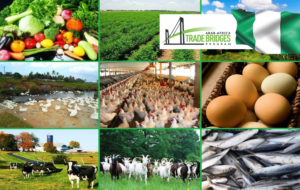South Sudan’s Floods Inspire a First Generation of Rice Growers
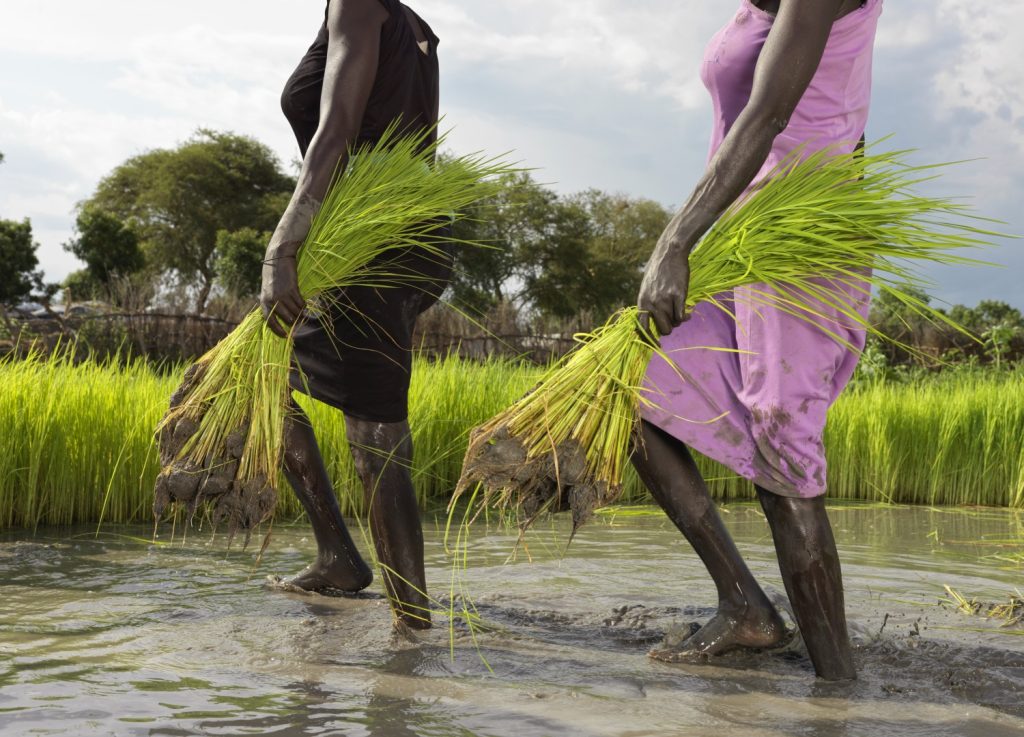
In Paguir, a remote village in Fangak County, South Sudan, the relentless floods that once brought despair are now shaping a surprising new chapter of resilience. For four consecutive years, heavy rains have submerged vast swathes of the country, leaving about two-thirds of the land under water. While many communities have been displaced and livelihoods destroyed, a small but determined group of farmers is finding opportunity in the deluge.
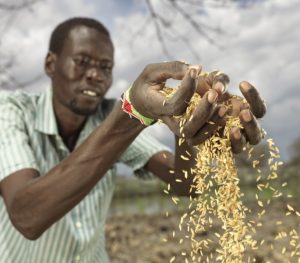

In the heart of the flooded plains, families are learning to farm rice. A crop better suited to waterlogged conditions than the traditional sorghum and maize. The shift is more than a change in agriculture; it marks the emergence of South Sudan’s first generation of rice growers, pioneers born from necessity.
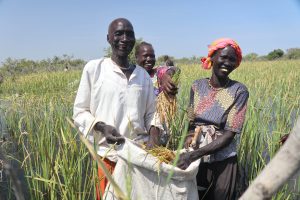
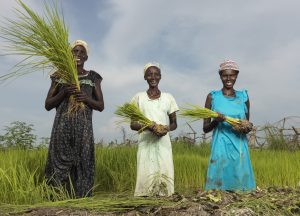
For decades, farming here has been at the mercy of unpredictable weather. In the past, when floods came, they wiped out crops, drowned livestock, and left families dependent on humanitarian aid. Now, with guidance from agricultural trainers and support from aid organizations, villagers like those in Paguir are learning how to turn stagnant waters into rice paddies.
On her small patch of dry ground, with a grass-covered island surrounded by floodwater, Angeline Nyabieli cooks for her family. She has lived through all four years of flooding and knows the cost it has exacted. “If the floods increase, I will stop my children going to school because there will be no funds,” she says, stirring a pot over the fire. Education is often the first casualty when survival takes precedence.
Like many in Paguir, Nyabieli once saw the annual floods only as a threat. But the introduction of rice farming has brought a fragile hope. If the crop succeeds, it could provide both food security and an income, reducing the need to abandon education or migrate in search of work.

South Sudan’s geography makes it especially vulnerable to climate extremes. The Sudd wetlands, among the largest freshwater ecosystems in the world, have swollen to unprecedented levels, swallowing farmland and cutting off entire villages from markets and services. Transportation is often possible only by boat or on foot through deep water.
In this context, rice cultivation is not just an experiment, it is a survival strategy. The crop thrives in conditions that destroy other staples, and its adoption could help buffer communities against the worst impacts of climate change.
The road ahead is uncertain. Farmers still face shortages of seeds, tools, and technical know-how. Floodwaters can shift unpredictably, sometimes becoming too deep even for rice. Yet, the shift in mindset, from resignation to experimentation, is itself a powerful step.
In Paguir, what was once solely a story of disaster is now also one of innovation. The villagers’ flooded fields are not just a symbol of loss, but also a testament to human adaptability. If the rice thrives, so too might the hope that South Sudan’s future can be harvested from even the most challenging of circumstances.


